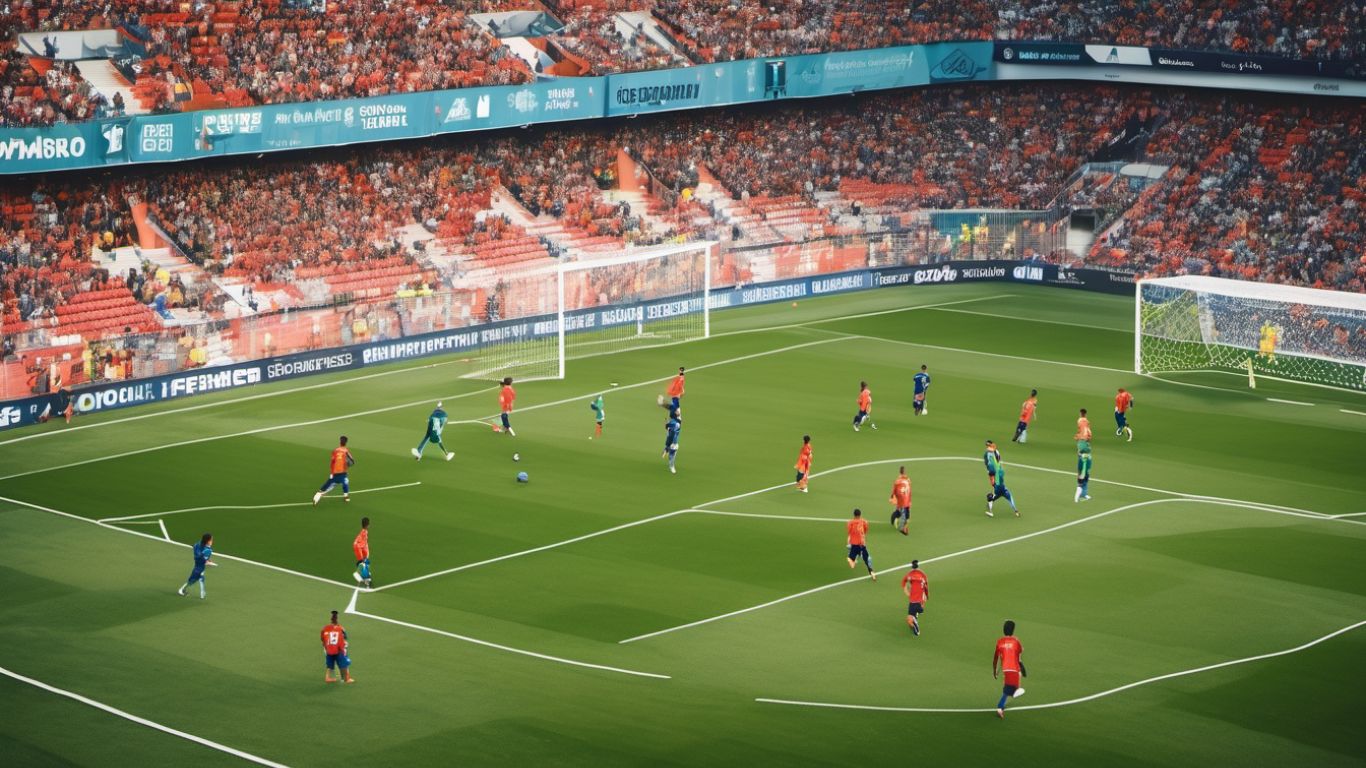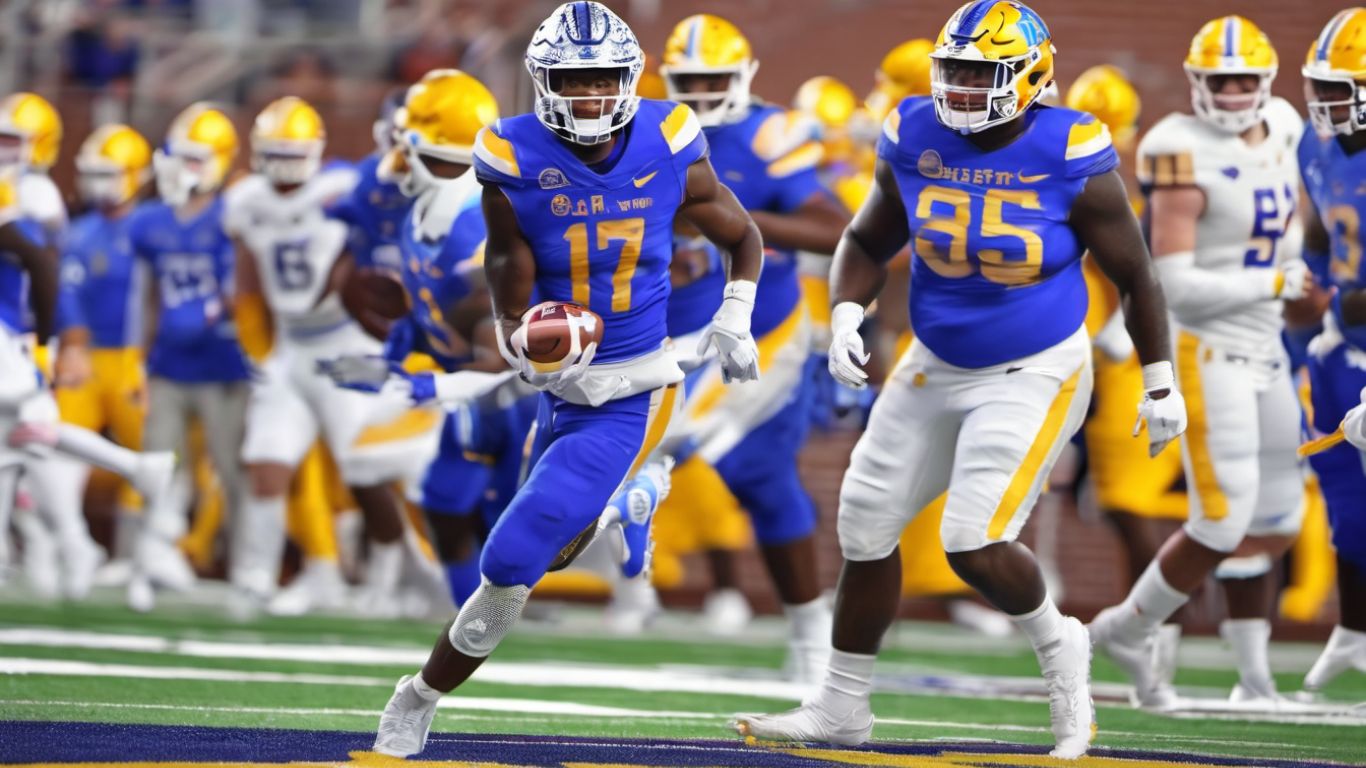Football, otherwise known as soccer in some countries, is more than just a game—it’s a global passion that unites people across different cultures. If you’re new to the sport or simply seeking to understand the basic principles, this overview is for you. Here, we’ll describe the critical components of football, including the basic rules, the offside rule, penalty kicks, and direct free kicks.
The Basic Rules of Football
Game Structure
Football is a team sport involving two squads of eleven players each. The match is played on a rectangular grass or artificial turf, with a goal at each end. The fundamental aim is to score by placing the ball into the opponent’s goal.
Hands-Free Play
In football, players predominantly use their feet to control and pass the ball. The ‘hands-free’ rule stipulates that players (excluding the goalkeeper within their penalty area) are forbidden from using their hands or arms to influence play.
Match Duration
A standard football match consists of two halves, each lasting 45 minutes. Between these halves, teams have a 15-minute halftime break. Time for stoppages may be added at the end of each half, as determined by the referee.
| Image | Product | Features | Price |
Our Pick1  | Official Composite Leather Balls | Brand: GoSports |
Winning the Game
The victorious team is the one that has scored the most goals once regular play concludes. In the event of a tie, specific competitions may permit extra time, which consists of two 15-minute halves or a penalty shootout to decide the winner.
Key Terms Explained
Offside Rule
The offside rule is one of the more complex aspects of football. Players are considered ‘offside’ if they are closer to the opponent’s goal line than both the ball and the second-to-last opponent when the ball is played to them. This rule does not apply if the player is in their half or is level with the second-last opponent or the ball. It’s a rule to keep the game fair and prevent ‘goal-hanging.’
Penalty Kick
A penalty kick is awarded when a defending player commits a foul within their penalty box. It is a direct shot at the goal, taken from the penalty mark, 12 yards in front of it. All other players must be outside the penalty box and behind the Penalty spot until the ball is struck. This is an excellent scoring opportunity.
Direct Free Kick
A direct free kick is given following specific types of fouls committed by the opposing team, such as kicking, tripping, pushing, or handball. Direct means you can score a goal directly from the free kick without the ball touching another player. The kick is taken from where the infraction occurred, except for fouls committed by defenders within their penalty area, which result in a penalty kick.
Referee and Decision-Making
The referee manages the game’s flow and adherence to rules and has the authority to enforce game regulations and make decisions on goals, fouls, and other incidents throughout the match. Their role includes starting and stopping play, issuing yellow and red cards for misconduct, and ensuring player safety.
With this foundational knowledge of football, newcomers can better appreciate the strategy and skill involved in the game. Whether watching a local match or the FIFA World Cup, understanding these basics can significantly enrich your viewing experience. Remember that, like any sport, football has its subtleties, and a deeper exploration will reveal the complexities that give it the title of ‘the beautiful game.










